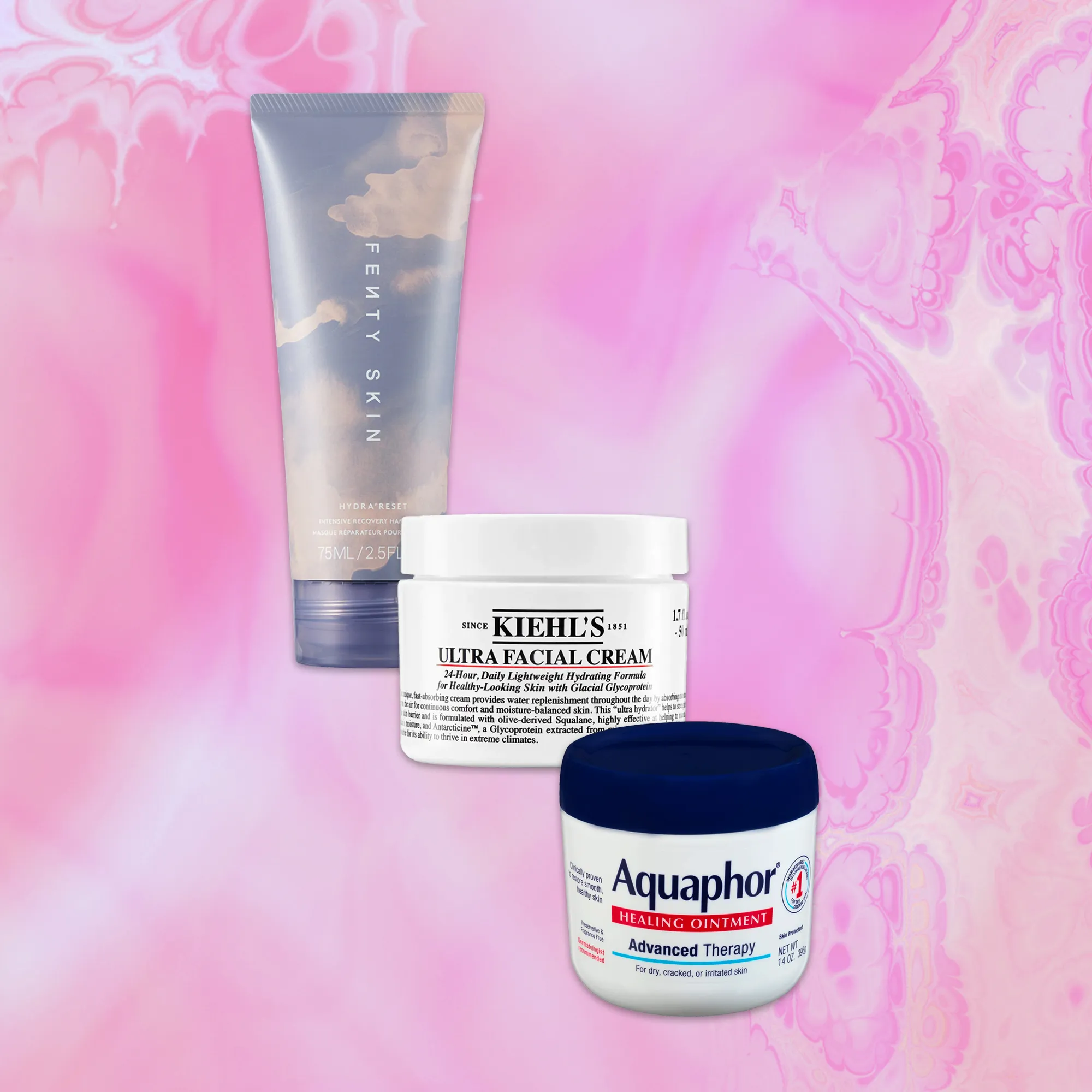Beauty isn’t just about serums and high-tech gadgets—sometimes, the most transformative rituals come from centuries-old traditions. And honestly? Many of them are hiding in plain sight, passed down through generations in cultures that rarely make it into glossy magazines. Let’s dive into some of the world’s best-kept beauty secrets—the kind that don’t rely on fancy packaging or influencer hype.
1. Japan: The Art of Rice Water Rinses
Forget expensive hair masks. In Japan, women have been using rice water—the starchy liquid left after soaking or boiling rice—to strengthen and shine their hair for centuries. Geishas swore by it to maintain their iconic floor-length locks. The amino acids and vitamins (like inositol) repair damage, while the starch adds temporary volume. Here’s the deal: just soak uncooked rice in water for 30 minutes, strain, and use it as a final rinse after shampooing.
2. Ethiopia: The Magic of Coffee Scrubs
Ethiopians don’t just drink coffee—they bathe in it. Well, sort of. In the Oromo region, coffee grounds mixed with oils or honey are used as an exfoliating body scrub. The caffeine tightens skin, while the coarse texture sloughs off dead cells. Bonus? The antioxidant chlorogenic acid fights inflammation. You know that post-scrub glow? Yeah, they’ve been doing it since before “detox” was a buzzword.
3. Morocco: Argan Oil Isn’t the Only Star
Sure, argan oil gets all the attention, but Berber women in the Atlas Mountains have another trick: ghassoul clay. This mineral-rich clay, mined near the Algerian border, is mixed with rosewater or orange blossom water to create a cleansing paste. It’s like a detox mask and gentle exfoliant in one—perfect for oily or acne-prone skin. And unlike some clays, it won’t leave your face feeling like parchment paper.
How to Use Ghassoul Clay:
- Mix 2 tbsp clay powder with floral water (or plain water) to form a paste.
- Apply to damp skin, avoiding the eye area.
- Let it dry for 5–10 minutes, then rinse with lukewarm water.
4. India: The Ayurvedic Power of Ubtan
In India, brides prep for their weddings with ubtan, a paste made from turmeric, chickpea flour, sandalwood, and milk or yogurt. It’s not just a pre-wedding ritual—it’s a weekly skincare staple for many. Turmeric brightens, chickpea flour exfoliates gently, and the lactic acid in yogurt softens. The result? Skin that looks lit from within. Pro tip: Skip the lemon juice some recipes suggest—it can irritate sensitive skin.
5. Greece: Olive Oil Isn’t Just for Cooking
On Crete, where people live longer than almost anywhere else, olive oil is a beauty multitasker. Locals use extra-virgin olive oil as a makeup remover, hair mask, cuticle softener—even to soothe sunburn. The polyphenols fight free radicals, while the fatty acids hydrate without clogging pores. Just make sure it’s cold-pressed and unfiltered for maximum benefits.
6. South Korea: The 400-Year-Old Cleansing Secret
Long before the 10-step routine, Korean women were using black bean water to cleanse their skin. Boiled black beans release amino acids and antioxidants that remove impurities without stripping moisture. It’s especially good for sensitive or eczema-prone skin. The method? Simmer a handful of black beans in water for 20 minutes, let it cool, and use it as a toner or gentle cleanser.
7. Brazil: The Amazon’s Superfruit for Hair
Buriti oil, extracted from a palm fruit in the Amazon, is a haircare powerhouse for indigenous communities. Packed with beta-carotene (more than carrots!) and vitamin E, it protects hair from UV damage and seals split ends. The trick? Apply a few drops to damp hair—any more and it might feel heavy. Oh, and the orange tint? It subtly enhances brunette tones.
8. Iceland: The Geothermal Glow-Up
Icelanders don’t fight their harsh climate—they work with it. The secret? Silica-rich geothermal water. Locals collect it from hot springs to spray on their faces as a mineral boost. It’s like nature’s electrolyte drink for your skin, helping with everything from acne to wrinkles. No hot spring nearby? Look for products containing Icelandic glacial water or silica extracts.
9. Egypt: The Ancient Honey Mask
Cleopatra’s milk baths are famous, but her honey masks were just as legendary. Egyptian women still mix raw honey with ground oats or almonds for a soothing exfoliator. Honey’s enzymes dissolve dead skin cells, while its antibacterial properties calm breakouts. For dry skin, add a splash of milk; for oily, a pinch of cinnamon. Leave it on for 10 minutes, and rinse—no harsh scrubbing needed.
10. Polynesia: The Tamanu Oil Miracle
In Tahiti, tamanu oil is called “green gold” for a reason. Extracted from the nuts of the tamanu tree, it’s used to heal scars, soothe burns, and even reduce stretch marks. The oil contains calophyllolide, a natural anti-inflammatory that speeds up skin repair. A drop or two on damp skin absorbs fast—no greasy residue. Just brace for the earthy, nutty scent; it’s… distinctive.
Final Thoughts
Beauty wisdom often thrives where you least expect it—in kitchen pantries, backyard gardens, or age-old rituals dismissed as “old wives’ tales.” Maybe the next big trend isn’t a $200 serum, but something your great-grandmother knew all along. Worth thinking about, isn’t it?





